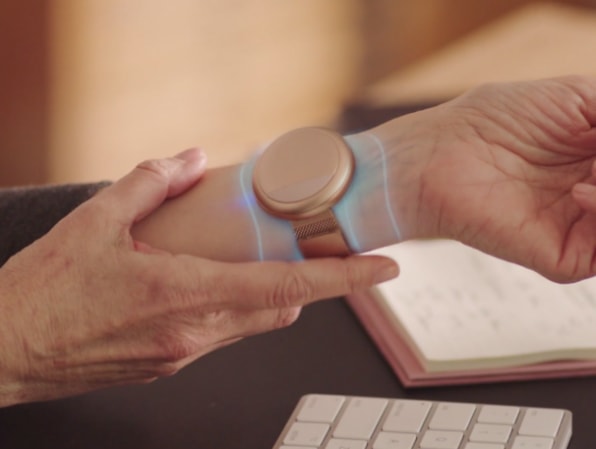These 3 advancements in femtech will lead to better care and treatment for women’s health
These 3 advancements in femtech will lead to better care and treatment for women’s health Lu Zhang
Despite all the advancements we’ve seen in healthcare over the past few decades, advancements in women’s health have lacked that same momentum. An increasing number of startups and entrepreneurs are entering the femtech market, creating apps and wearables focused on improving women’s health. Yet, men still occupy around 67% of senior leadership roles in healthcare—which means that issues specific to those of us with uteruses are often overlooked or dismissed.
Especially in light of the recent decision by the Supreme Court to overturn Roe v. Wade, protecting women’s privacy has to be a top priority for anyone entering the femtech field. Although data safety is crucial in any context, it’s essential for products that deal with the health issues of people with uteruses. Effective, safe femtech solutions will require regular data protection impact assessments, with minimal use of personal data and anonymization where possible.
Femtech can’t solve every issue in women’s health, but it can help forge a new path where women have a stronger voice, more information, and more control. For continued improvement, femtech needs to grow not only on the consumer side, but also on the clinical side, where more research can be conducted. For this to happen, the industry needs more entrepreneurs whose eyes are open to the ways in which data and AI can transform women’s health.
Here are three ways we have seen innovation in femtech improving women’s health:
1. Customized tracking and recommendations
Currently, much of the consumer side of femtech revolves around monitoring and tracking symptoms of menstrual cycles. With the development of AI, we have seen technology that aids in diagnostic and treatment solutions, such as Wild.ai and Maven Clinic, taking innovation one step further. These apps analyze data and deliver specific health recommendations to users based on where they are at in their cycle, helping women manage symptoms, reduce stress, and live overall healthier lives.

We are also beginning to see AI developments in mental conditions such as Alzheimer’s disease, which disproportionately affects women. The Altoida platform utilizes AR technology to deliver cognitive tests that help detect neurological diseases earlier, which can lead to better treatment options and recovery.
2. Relief for often-ignored pain
Women not only feel physical pain from illnesses related to their periods and shifting hormones, but many also experience psychological pain. Take endometriosis and polycystic ovary syndrome (known as PCOS), for example—two of the most common menstrual issues. About 190 million women and girls suffer from endometriosis globally; yet, despite this number, a proper diagnosis takes 10 years, on average. PCOS, meanwhile, impacts more than 116 million women, and those who suffer from it often feel disruptions in their personal identity. Advancements in femtech are giving women the support they need in the form of education, virtual consultations, and specialized treatment options with apps such as Pollie.
Additionally, menopause is a fact of life for aging women. Yet, healthcare for menopausal women is far from where it should be. Unfortunately, with men making up 84.6% of general practitioners in the U.S., this isn’t too surprising. The good news is that femtech is innovating in this realm in a number of different, data-driven ways.

Embr Wave, for example, offers a bracelet that delivers cooling sensations to a woman’s wrist during a hot flash, helping course correct the brain’s perception of the body’s temperature. IdentifyHer is another company that offers a wearable worn on the chest that monitors and records menopause symptoms, which are then analyzed to provide customized treatment advice and track the effectiveness of existing treatments.
3. Increased access to healthcare
Access to birth control has dramatically increased, thanks to a variety of apps and websites that make it possible to get birth control delivered directly to the home. Carafem helps women navigate abortions and use AI technology through its 24/7 virtual care assistant, Cara. Cara can help walk women through taking abortion pills at home, as well as answer any questions they might have.

This greater level of access to a variety of professional and AI-driven self-treatment options is especially valuable for historically underserved or discriminated communities. LGBTQIA+ communities can now access online services with safer, judgment-free options for taking care of their reproductive health. Queerly is one example of a platform that specifically helps the LGBTQIA+ community find friendly health and wellness practitioners in their area.
In 2020, a mere 4% of research and development was targeted at issues specific to women’s health. Improving this percentage is crucial to improving women’s health in terms of both treatment and access. Though investment in femtech is still low when it comes to the clinical side of the equation, its success in the consumer sector is making great strides in helping women access the healthcare they need safely and easily.
Lu Zhang is the founder and managing partner of Fusion Fund.